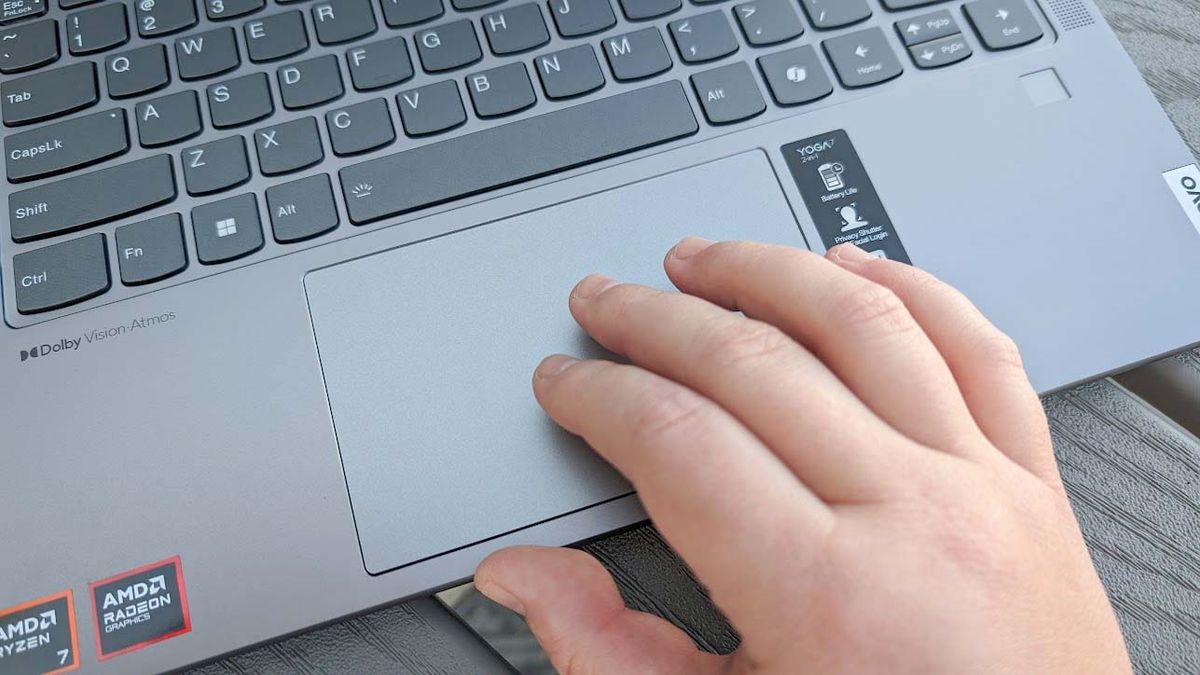
Buying a new Windows laptop can be a complicated process, especially if you're interested in the deep technical details of the system you're buying. While many people look at the size of the touchpad to judge its suitability, there's actually a lot more going on under the surface that you might want to know about.
Precision touchpads came to Windows laptops years ago in an attempt by Microsoft to improve the PC pointing experience. Precision touchpads use a standardized set of drivers that offer a smooth and accurate pointing experience that's consistent across laptops.
Precision drivers first appeared in the Surface Pro 2 and have been used in every Surface device since, even with haptics coming to some of the more recent PCs like the Surface Laptop 7 and Surface Pro 11.
Precision touchpads also became prevalent in other Windows laptops over the years, eventually grabbing a majority share with some standouts from the Windows 10 era. Whereas Windows 10 laptops were a mix of Precision touchpads and alternatives like Elan, Microsoft made Precision a requirement for Windows 11.
What makes a touchpad Precision?
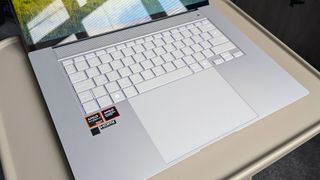
So what makes a touchpad Precision? It's all about the drivers, with some minimum requirements tossed in for good measure.
Back in the Windows 8.1 and Surface Pro 2 days, Apple was kicking everyone else's butts with its touchpad experience. There really wasn't much competition between iMac and Windows laptops (at least in the touchpad game), so Microsoft decided it was time to create a set of drivers that would deliver a standardized experience across its Surface devices.
Precision touchpads include drivers that are upgraded with Windows updates, and they altogether offer consistent and smooth pointing that is accurate and responsive. Traditional touchpads can be considered physically rather inaccurate due to how they're made, and they rely on drivers to translate the rough inputs into smooth actions on your PC.
Get the Windows Central Newsletter
All the latest news, reviews, and guides for Windows and Xbox diehards.
Microsoft has some parameters that must be followed, including touchpad size and placement. Minimum dimensions are 32mm x 64mm, while vertical, horizontal, and depth offsets compared to the keyboard and chassis are considered. The fairly lenient standards are why we see plenty of laptops in the Precision touchpad category despite considerable differences in size and materials.
With a Precision touchpad, you get the full gamut of Windows gestures, including multi-finger taps and swipes for shortcuts to everything from prompting Cortana to quickly switching between windows. You can also go quite deep when it comes to customizing Precision touchpad settings in Windows 10 if the stock settings aren't acceptable. Windows 11 also has plenty of touchpad tweaks available.
What about haptic touchpads?
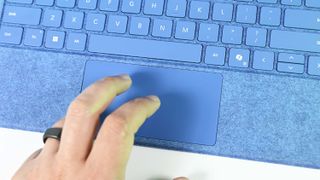
Precision touchpads are traditionally of the "diving board" variety, with moving parts beneath and a dipped surface when clicked. They're commonly hinged at the top (hence the diving board name) with the most responsiveness toward the bottom where the physical click can be felt most.
Though Precision diving board touchpads remain the standard on plenty of devices, haptic touchpads have become much more prevalent in recent years. Windows Central Editor-in-Chief Daniel Rubino wrote about haptic touchpads coming to Windows laptops in 2021, focusing on the then-cutting-edge ThinkPad X1 Titanium Yoga 5G.
While the laptop used Precision drivers, the touchpad itself had no moving parts, relying instead on haptic feedback to simulate the feel of a physical click. Haptic touchpads lack dead zones, they're more consistent, they're spill-resistant, and they're less prone to breakage. They can also be configured down to a granular level for things like press sensitivity and click feedback force.
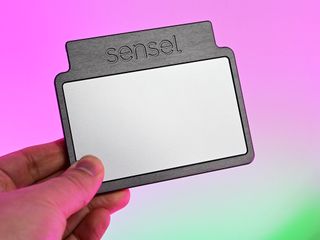
Sensel was behind this hardware in the X1 Titanium Yoga, and it remains one of the premier providers of haptic touchpad hardware today. Rubino has a great explainer about HD touchpads from Boréas and Cirque if you'd like more information about how Sensel's tech compares to some of the competition.
Haptic touchpads from various makers are showing up in many Windows laptops in 2024. While Precision drivers are still the key for any laptop running Windows 11, haptic touchpads often add specialized drivers to better handle force detection, volume and brightness control, and other advanced gestures only possible with haptic hardware.
How can I tell if my laptop has Precision drivers?
Windows 11's Precision touchpad requirement has you covered. If your laptop is running Windows 11, it's safe to assume that it has a Precision touchpad.
On the other hand, Windows 10 is a mixed bag. Windows actually displays a specific line of text in the touchpad settings if your PC has a Precision touchpad. Here's how to find it for those on Windows 10.
- Right-click the Start button.
- Click Settings.
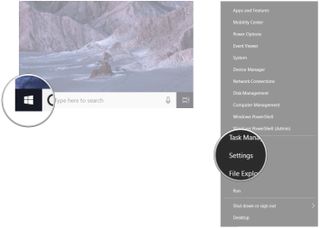
- Click Devices.
- Click Touchpad.

At the top of the window, you should see a note that says "Your PC has a precision touchpad" if indeed it's using Microsoft's drivers.

Cale Hunt brings to Windows Central more than eight years of experience writing about laptops, PCs, accessories, games, and beyond. If it runs Windows or in some way complements the hardware, there’s a good chance he knows about it, has written about it, or is already busy testing it.